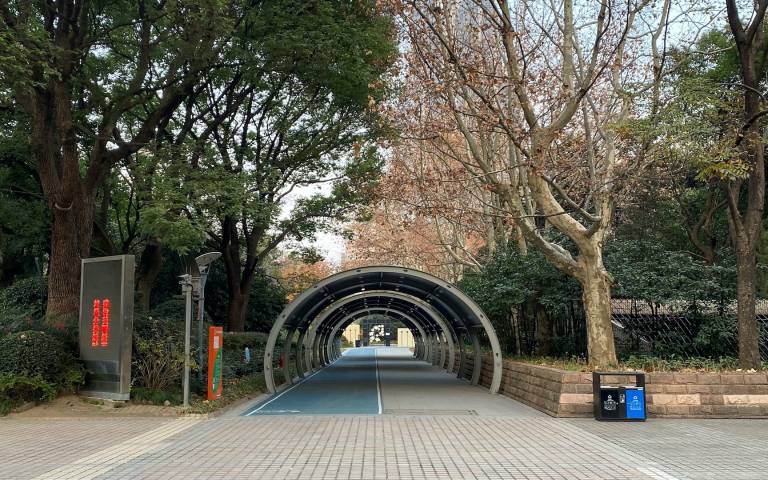 Research
Research

Subject
Racing Towards Modernity: The Role of Chinese Racecourses in Shaping Urbanism, Culture, and Identity since 1840
First and second supervisors
Abstract
British merchants arrived in Chinese treaty ports and established the initial racing clubs in 1840. These clubs exclusively admitted members of Western nationalities until the 1910s, when Chinese-founded racing clubs opened their doors to all. The Chinese have had an intimate relationship with horses and a fondness for equestrianism from ancient civilisation. Therefore, horse racing was once popular but banned after the establishment of the People’s Republic of China in 1949, as racecourses were considered symbols of imperialism and decadence. Many of the sites were either entirely demolished or transformed into parks, such as Shanghai People’s Park, Wuhan’s Liberation Park, and other civil infrastructures like squares and commercial streets.
Two attempts to reignite the possibility of racing occurred in the late twentieth century. Today, the growing Chinese middle class and elite are fuelling the third resurgence of equestrianism in the country. The rise and fall of racecourses reflect Chinese urbanisation and gentrification. Since the 2000s, the regenerated parks in Shanghai and Wuhan have been hosting major matchmaking events in the city, where participants will gather in the parks on weekends with a piece of paper listing the requirements for the match, including details such as appearance, income, educational level, and family origin. The unique activity harkens back to when horses dominated these places and their breeding system, adding another layer to the spatial effects of racecourses between humans and animals, society and nature.
This doctoral thesis unfolds the hidden stories about modern racecourses and critiques the chain reaction triggered by the national government’s 2020–2025 plan for developing the national horse industry, including the increasing number of new racetracks. The research focuses on five cities: Shanghai, Wuhan, Tianjin, Hohhot, and Guangzhou, exploring (post)colonial architecture, everyday life, and urban culture, emphasising equestrian practises and equine-human relationships. The thesis offers a cross-disciplinary theoretical analysis of the architecture and anthropology of sports venues, their impact on cultural and national identities, and their role in shaping Chinese racecourses.
Biography
Zijiao (Luci) Li is a PhD student in the Architectural and Urban History and Theory Programme at The Bartlett School of Architecture, from where she also received an MA in Architectural History. She holds a BA in Art History and Studio Art from Bard College in the United States. Zijiao’s research interests are Chinese urban history and culture, architectural ecologies of human and animal life, and art and architecture. Her most recent research projects are about Chinese racecourses and Wanghong urbanism in China.
Image: iImage: The Matchmaking Corner at Shanghai People's Park, 2022, Zijiao Li
 Close
Close

